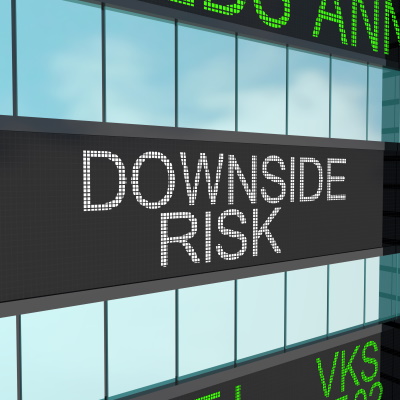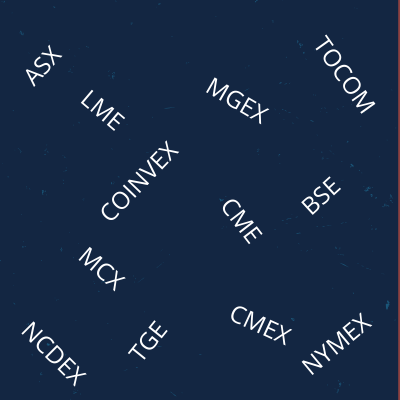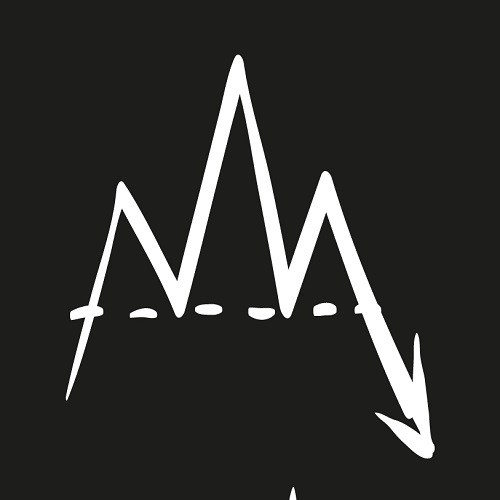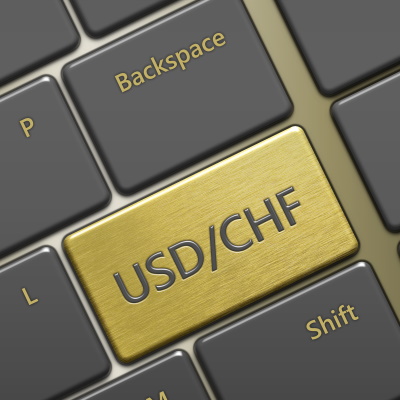Downside Risk Protection: The Stop Loss Order and Protective Put
The stop loss order and protective put are ways to limit downside risk in trading. Discover more about the importance of risk protection with Queensway.

Downside Risk
Seasoned investors know that it is always good practice to use a stop loss to reduce downside risk and protect their positions. Those new to the sector should also focus on these tools when building their trading plans.
The stop loss order is an excellent way to safeguard trading capital. The professional investor will also use a protective put strategy to hedge their investments and reduce risk.
Risk protection provides a cushion when an asset heads in the opposite direction
Most professional traders take various measure to hedge their investments, and their main challenge is to identify the exact level of protection to put in place. The amount of downside risk they are willing to accept has a direct bearing on the volume of the position and their potential ROI.

Investors will often use stop-losses to reduce the impact of a bad call.
In general, a stop loss order is placed after considering various technical indicators. For instance, many investors use technical analysis to assess recent lows and highs as well as important supports and resistances that can be used to work out where to place their protective orders.
They can also set a stop loss level according to the volatility of the asset in question, be it a stock, index, commodity or any other instrument. Among the most popular indicators used to gauge an asset’s volatility are Bollinger Bands, the Average True Range and the Average Directional Index.
The risk/reward ratio is another common device used by traders who wish to set up protective orders according to their level of risk tolerance. The ratio demonstrates how much a trader is risking to make a certain level of profit.
An alternative to the stop-loss order is a protective put strategy.
 A put option used in a protective strategy is essentially insurance for when a trader is bullish on an asset but wants to guard against a downturn. They will buy an out-of-the-money put at a strike price that is a little below the current price. This is the lowest price at which the trader can sell.
A put option used in a protective strategy is essentially insurance for when a trader is bullish on an asset but wants to guard against a downturn. They will buy an out-of-the-money put at a strike price that is a little below the current price. This is the lowest price at which the trader can sell.
If the price falls below the strike price, the asset can still be sold at the strike price. Alternatively, the trader can still sell the put option, as it will have gone up in price because the price of the underlying asset has fallen.
How to protect your positions with the MACD indicator on the index market
To use a stop loss order as an effective downside risk protection strategy, apply the following rules on where to place the order and when to buy the index.
- Use the MACD as the main indicator to decide when to buy the index.
- Buy the index when the MACD is beneath the zero-mark and as it turns up through the 9-day Moving Average.
- Set your buy entries at the day’s closing price.
- Place your stop loss at the latest trading low.
- As soon as the price falls back down to this price, sell the index at the value of the stop.
Rules for using a put with the MACD indicator as a downside risk protection strategy
- When using puts, the index should be losing, not gaining, ground.
- Rely on the MACD as your primary technical analysis tool when buying and selling put options.
- Buy a protective put when the MACD is above zero, as it turns down through the 9-day moving average
- Sell the put when the MACD is below zero, as it rises through the 9-day moving average
- Always remember to buy a put that has more than 100 days to expiry
- Think about buying the most recent in-the-money put that has 100 days to expiry
- The day’s closing price should be your reference for buying and selling.

What’s next?
Traders who start trading without building a strong trading plan (and back-testing it) can often incur significant losses.
Money and risk management should always be core parts of a trading plan, which should include all market entry and exit rules, including specific risk/reward ratios to rely on (or other criteria) in order to set protective measures like the stop-loss order and protective put.
Facing losses throughout the course of a trading career is normal. Traders of all levels of experience must accept that not every position will be successful. By taking steps to limit losses, a smart trader can go a long way towards ensuring long-term profitability.
Always take responsibility for any decisions you make that leads to losses. If you don’t, you will keep losing money because you will blame everything but yourself and fail to analyse situations objectively. Think dispassionately about the reasons why you lost money and adjust the parameters for your next trade if needed.
Here are a few best practices to take into consideration as you seek to become a more successful trader:
- Set out realistic trading and financial goals
- Do not use more than 30% of your total capital to trade (the percentage varies depending on your age)
- Invest less than 2% of your trading capital per position
- Set your risk/reward ratio at a minimum of 1:2
- Control your leverage
- Keep your risk constant
- Adapt the size of your positions to the current market conditions
- Take correlation into consideration
- Diversify your portfolio
- Follow the economic calendar to know when market conditions are likely to be more volatile
As your trading knowledge increases and you become more skilled at using the wide range of technical indicators and risk management tools available to you, consider whether the broker you use can support your evolving requirements. A successful trader needs access, not only to advanced charting tools but to features that can help limit risks.





